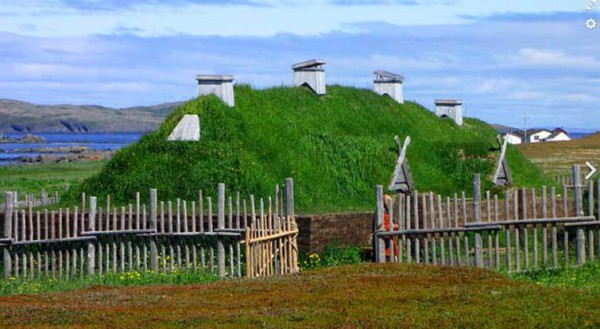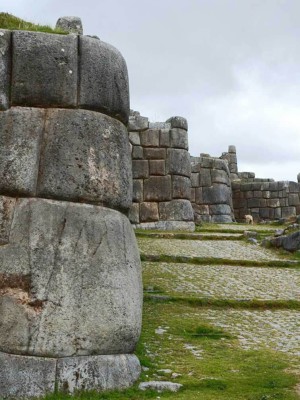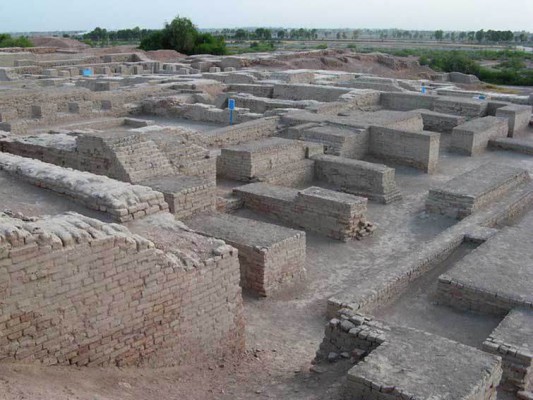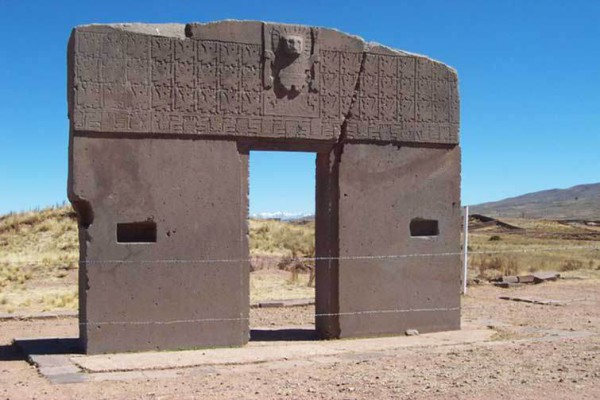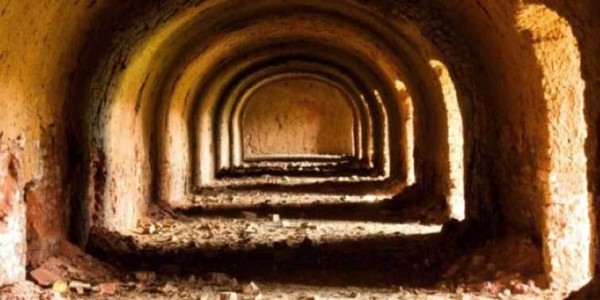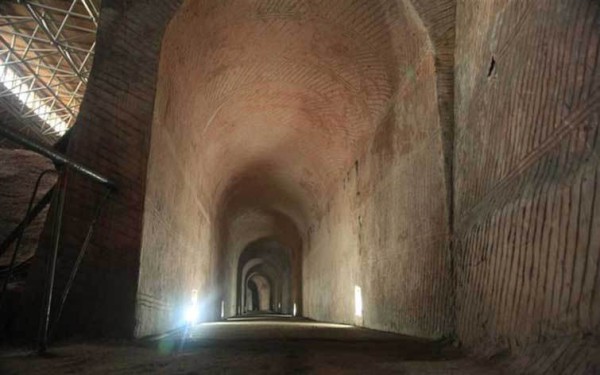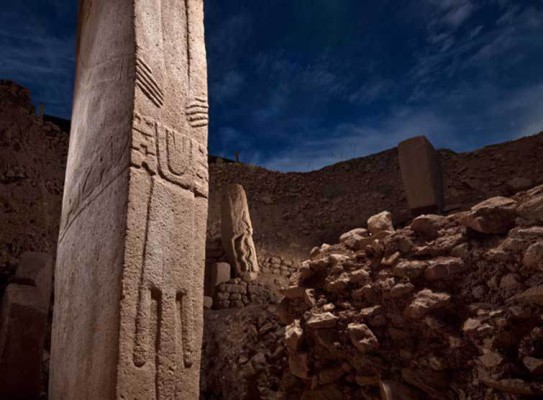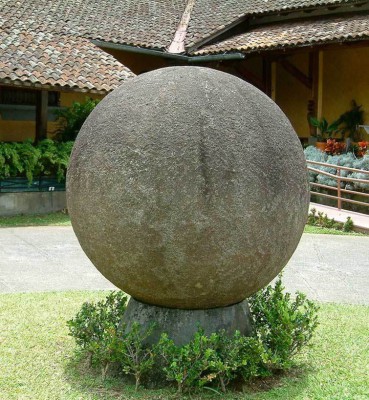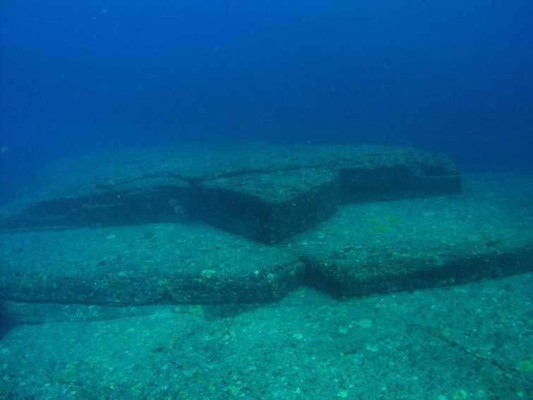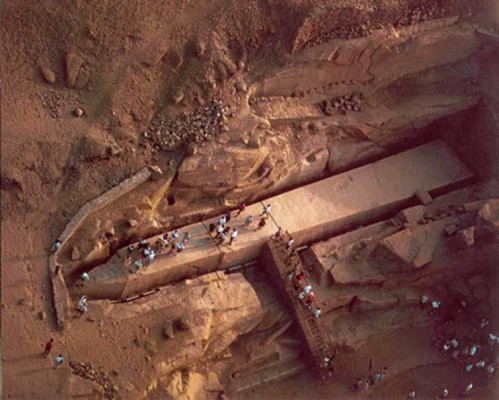1. L’Anse aux Meadows: Built 1000 years ago and providing sustenance for 30 to 160 Vikings. This site in Newfoundland confirms that Vikings have since settled in North America long before the discovery of the new World by Columbus.
2. Saksaywaman: The Incan empire is popular for its many mysterious architecture; one of such is situated in Cusco, Peru. This unique place has a complex fortress that is somewhat impregnable. With rocks so tightly packed together a single sheet of paper can’t be slipped into them. Even more amazing is no mortar was applied in between the rocks.
3. Mohenjo-Daro: This is one archeological find that displays proof of the early man’s advancement in city planning. This find consists of a whole city with roads and drainages. Pakistan of that era surely made some major advancement in city planning, how did this ever get buried and lost?
4. The Gate of the sun: Before the era of the powerful Incans, a larger and more powerful empire known as the Tiwanaku Empire existed 1500 years ago. This empire geographically spanned Peru and all the way to Bolivia. An archway of the great empire can be viewed today in West Bolivia. It is a precisely cut megalithic stone.
5. Stone Age Tunnels: Archeologists in a recent discovery have found an underground tunnel network created by those who lived in the stone era. Its network of tunnels extends from Scotland, across Europe which reaches as far as Turkey.
6. The Longyou Grottoes: believed to have been created sometime in the 212BCE these man made caves are quite interesting especially because of the intricate markings which are evenly spaced at a 60 degrees axis and line the entire walls and ceiling.
7. Göbekli Tepe: This ancient structure resides in Modern Turkey; it has helped archeologists reconsider their beliefs about the origins of man’s society. This structure has been found to be in existence before the concept of agriculture i.e. circa 9,000-10,000 BCE. This also indicates that worship and religious devotion are the initial phases of civilization.
8. Stone Spheres of Costa Rica:
The stone spheres (or stone balls) of Costa Rica are an assortment of over three hundred petrospheres in Costa Rica, located on the Diquís Delta and on Isla del Caño. Locally, they are known as Las Bolas (literally The Balls). The spheres are commonly attributed to the extinct Diquís culture and are sometimes referred to as the Diquís Spheres. They are the best-known stone sculptures of the Isthmo-Colombian area. They are thought to have been placed in lines along the approach to the houses of chiefs, but their exact significance remains uncertain.
The Palmar Sur Archeological Excavations are a series of excavations of a site located in the southern portion of Costa Rica, known as the Diquís Delta. The excavations have centered on a site known as “Farm 6”, dating back to the Aguas Buenas Period (300-800AD) and Chiriquí Period (800-1550 AD).
In June 2014, the Precolumbian Chiefdom Settlements with Stone Spheres of the Diquis was added to the UNESCO list of World Heritage Sites.
9.The Monument consists of medium to very fine sandstones and mudstones of the Lower Miocene Yaeyama Group believed to have been deposited about 20 million years ago.Most of the formations are connected to the underlying rock mass (as opposed to being assembled out of freestanding rocks). Masaaki Kimura, Professor Emeritus from the Faculty of Science at the University of the Ryukyus claims that the formations are man-made stepped monoliths. His ideas are disputed and there is debate about whether the site is completely natural, a natural site that has been modified or a man-made artefact. Neither the Japanese Agency for Cultural Affairs, nor the government of Okinawa Prefecture recognise the features as important cultural artefacts and neither government agency has carried out research or preservation work on the site
10. The unfinished obelisk is the largest known ancient obelisk and is located in the northern region of the stone quarries of ancient Egypt in Aswan (Assuan), Egypt. It was ordered by Hatshepsut (1508–1458 BC), possibly to complement the Lateran Obelisk (which was originally at Karnak, and was later brought to the Lateran Palace in Rome). It is nearly one third larger than any ancient Egyptian obelisk ever erected. If finished it would have measured around 42 m (approximately 137 feet) and would have weighed nearly 1,200 tons

